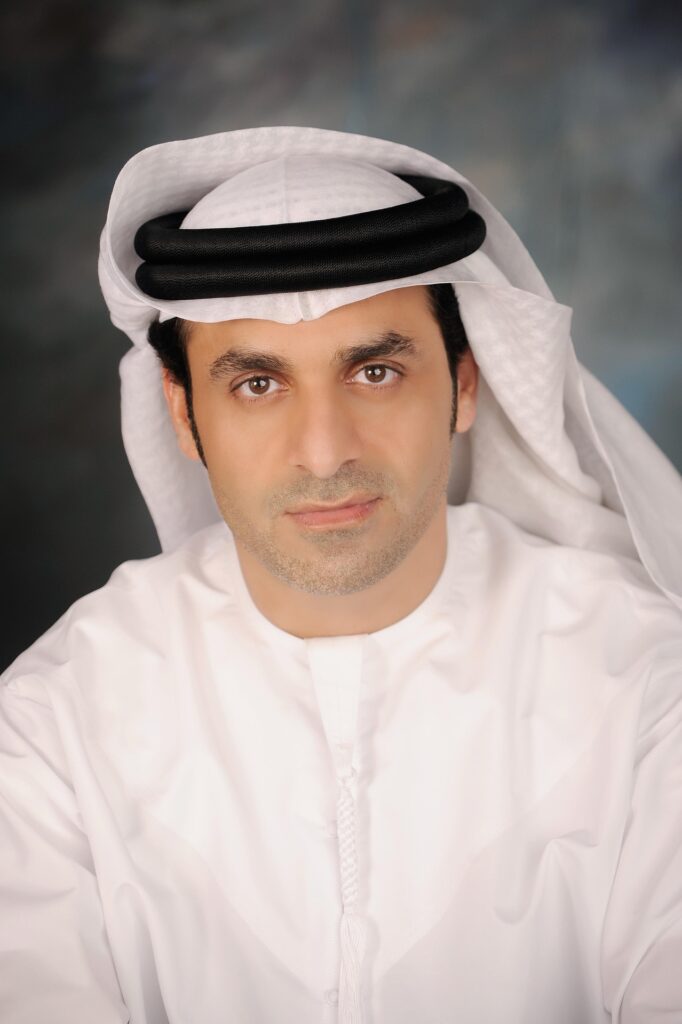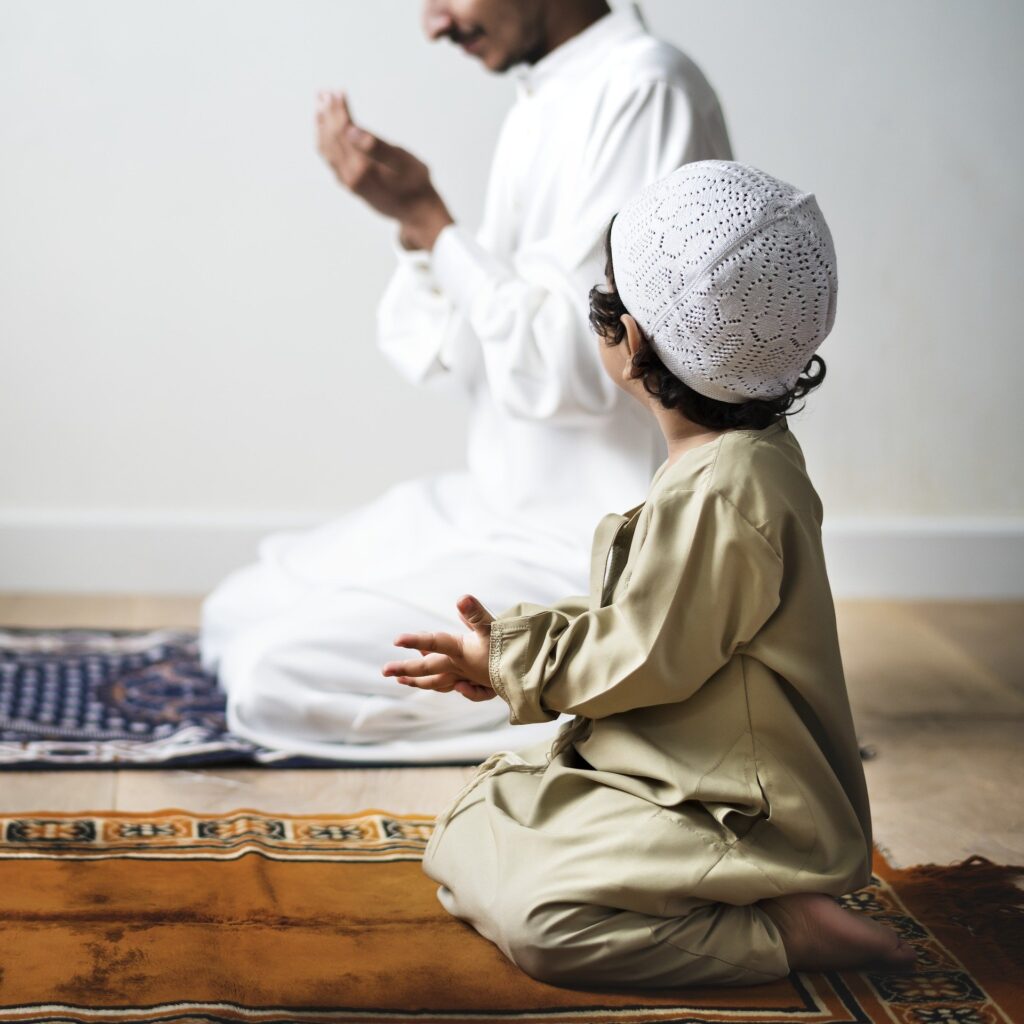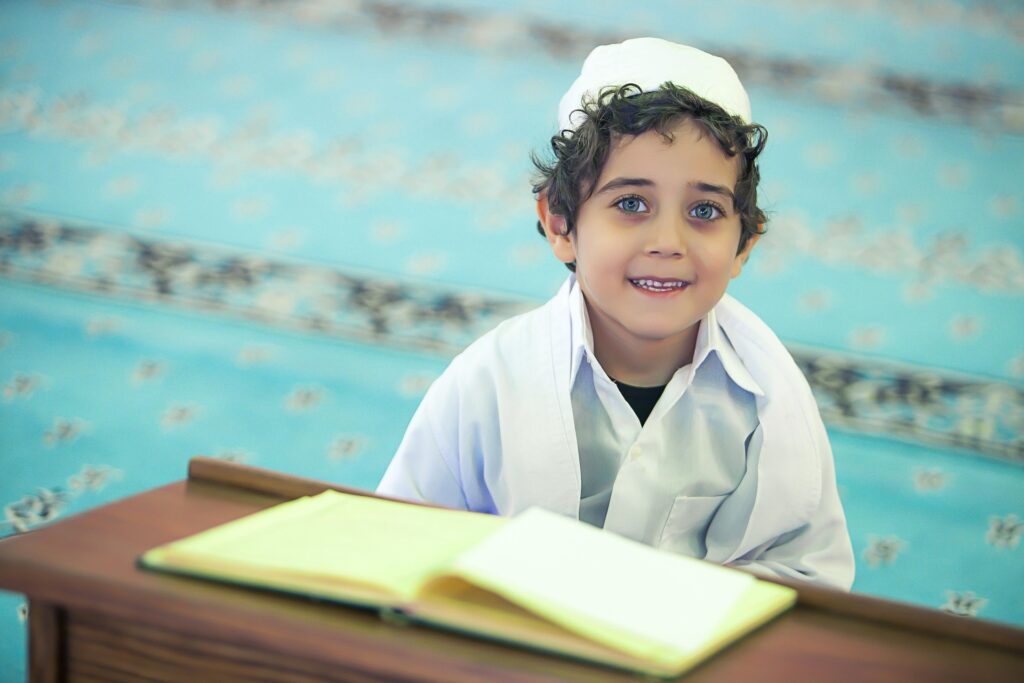Islamic Dress for Males | A Complete Guide
The Islamic dress for males lies deep in the principles of humility, dignity and simplicity mentioned in the teachings of Islam. Although there is no strict uniform, the guidelines for Islamic clothing for men are derived from the interpretations of the Qur’an, Hadith (Prophet Muhammad ﷺ) and the interpretations of scholars. These guidelines emphasize humility, hygiene and compliance with Islamic morality.
The main principle of Islamic dress for men
Islam does not write a particular type of clothing, but reduces the necessary principles:
✅ Vinay – clothing should cover the essential parts of the body.
✅ Conscious – it should not be tight, transparent or very extraordinary.
✅ simplicity – Islam discourages extraordinary and ego in dress.
✅ Humility – the drug should not be used for the purpose of showing money or position.
✅ Cleanliness – Clothing should always be clean and streamlined.
✅ is mixed with women – men should not wear women’s clothing.
✅ To avoid ego – Islam discourages dressing in such a way that promotes ego.
What should be covered? (Awah for men)
In Islam, the minimum cover for men (avah) varies from navel to knees. In different cultures, however, Muslim men can wear several clothes that match Islamic humility.
Types of Islamic dress for men
Islamic male dress varies in different cultures and regions, but everyone follows the humorous guidelines for Islam. Here are some common types:
A. Thob (Jubba)
- A long, loose dress that covers the whole body.
- It is usually carried in the Middle East, especially in Saudi Arabia and Bay.
- Usually white in warm climate and dark in cold areas.
B. Shalwar Camayz
- A two-tuk outfit consisting of a tunic (kamage) and pants (Shalwar).
- Gray wide in Pakistan, India, Afghanistan and Bangladesh.
- Random and suitable for daily wear.
C. Kandura
- A traditional long rebellion like Thob.
- It is usually carried in the United Arab Emirates (UAE), Oman and Qatar.
D. DiskDasha
- Another variant of Thob, which is usually carried in Kuwait and Oman.
E. Sirwal (loose pants)
- Use the top of the thumb or with the top of a tunic style.
- Ensure humility and comfort.
F. ISAR or LUNGI
- A rapraound clothes like a sarg.
- Wear in Yemen, Somalia, Sudan and parts of South Asia.
- Yes. Islamic Caps (Kufi, Takiah or Turban)
A kufi or roofs are a small, round hood that is worn in many Muslim cultures.
Pagaben (imamah) is carried by scholars and people in areas such as Sudan, Afghanistan and some Arab countries.
Islamic Guidelines on Fabric and Styles
A. Prohibited material
🚫 Silk for men – Prophet Muhammad forbids men from using pure silk, as it is associated with luxury and femininity. (Silk, however, is allowed in cases of medical requirements).
🚫 Gold-edorned fabric-brodel or gold threaded clothes can also be discouraged for men.
B. Recommended materials
✔ Cotton and linen – comfortable and breathable, especially in warm climates.
✔ Wool – ideal for cold climates.
✔ Simple and non-accounting design Islam encourages simplicity of luxury in clothing.

Sunnah of Dressing (Prophetic Guidelines)
Prophet Muhammad 4 provided practical guidance on dressing, including:
1: Start from the right side – when you wear clothes, start your right hand or before your leg.
2: Thanks to Allah – Alhamdulillah says about wearing new clothes.
3: dressing modest – avoid attractive, tight or revealed clothes.
Maintenance of clothes over
4: ankles – Prophet 4 warned against clothes that pulled out of pride under the ankles.
5: Avoiding clothing similar to non-Muslim religious dress Islam encourages an Islamic identity
Islamic clothes on different occasions
A. Use every day
- Comfortable and modest substance that follows Islamic principles.
- As long as it meets the Islamic humility guidelines, it can be traditional or modern.
B. Clothes to B. Salah (Prayer)
- Awah (from navel to knees) should be covered.
- Pure and free of impurities.
C. Eid and Friday (jumuah) clothes
- It is recommended to wear the best and clean clothes.
- It is also Sunnah to use perfume (Attar).
D. Ihram -Clothing to Haj and Umrah
- Two simple white unrestrained pieces.
- Represents equality and humility before Allah.
E. Marriage and special opportunities
- Simple but elegant dresses, avoid excessive spread.
- Vinay should still be maintained.
Cultural variations of Islamic clothing
Although the principles are the same, different cultures have their own variants of Islamic clothing for men:
Middle East – Thob, Kandura, Dishda
South Asia – Shalwar Camese, Kurta Pajama
Africa – decades, Jalbia
Indonesia and Malaysia – Shake Meliu
Turkish and Balkan-Esster-style caps, Fez Caps
Islam allows for cultural flexibility until Vinay is maintained.

Modern trends for men and Islamic fashion
Today, many Muslim men have a mixture of traditional and modern dress that still meets Islamic guidelines:
✔ The modern cut with modern cuts but stylish thobs
✔ Designer Shalwar Camese for formal opportunities
✔ Sportswear Brands Modest Activar
✔ Elegant cufis and embroidered Islamic caps
✔ Four traditional dress with business clothes

Islamic dress for males emphasizes modesty and simplicity; learn more here
Common misunderstandings about Islamic dress for males
🚫 “Islamic dress is only for billions” – Islamic dress is for all Muslims, regardless of ethnicity.
🚫 “wearing a thob makes another sacred” – purity is in the heart; Islamic dress is about Vinay, not superiority.
🚫 “Western substance is non-Islamic” alleys that meet Islamic Vinay standards are allowed.
🚫 “Herring dress does not matter in Islam” – Islam puts the importance of both men and women’s dresses.
In short complete guide to Islamic dress for males
This post provides a complete guide to Islamic dress for men, which covers its significance, cultural variations and Sunnah-based guidelines. Understanding Islamic dress for men is necessary to maintain humility and simplicity in daily life. From Thob to Shalwar Camese, this guide examines different styles of Islamic dress for men throughout the regions. Following the doctrine of the Qur’an and Hadith, the Islamic Dress reflects dignity and humility. Either for daily wear or special occasions, this post ensures that you have all the information about Islamic dress for men.
